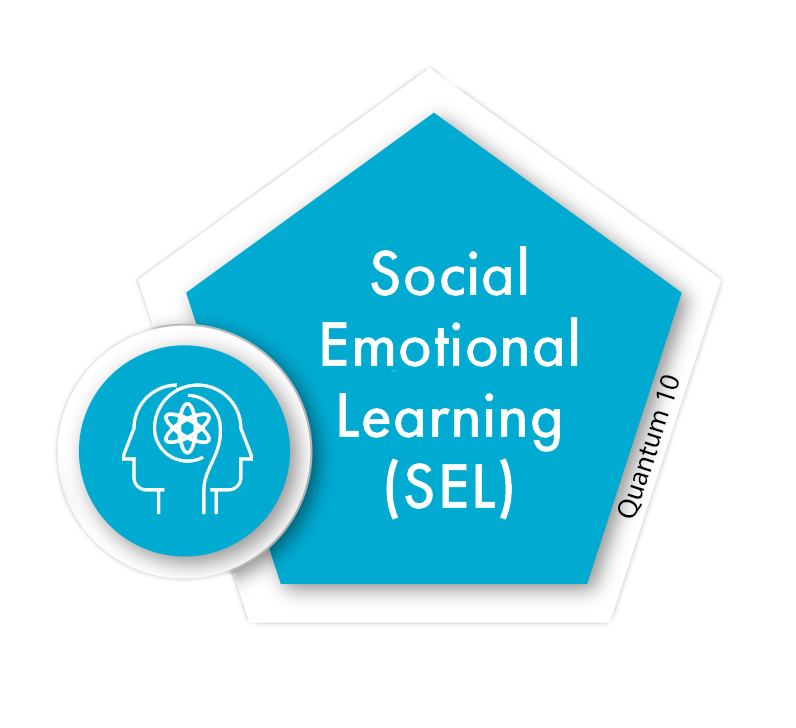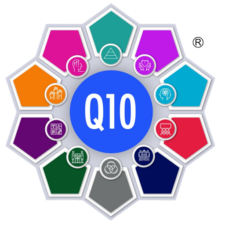Social Emotional
Learning (SEL)
SEL has five competencies. These competencies are interrelated. The competencies are:
1: Self Awareness- recognizing strengths and areas of growth
2: Social Awareness-understanding and empathizing with others
3: Self Management-managing emotions, behaviors, and thoughts to achieve goals and aspirations
4: Relationship Skills-establishing and maintaining relationships
5: Responsible Decision Making-processing and adhering to ethical standards

SEL is often integrated with Growth Mindset, Culturally Responsive Practices, and Trauma-informed practices. The intentional integration of these elements is essential in ensuring that students are treated fairly and have their needs and concerns met so they can truly engage in learning (CASEL).
RESOURCE CENTER
Click the links below to learn more about how you can understand and implement Social Emotional Learning (SEL):
3 SEL Practices Teachers Can Use Every Day by Lainie Rowell
SEL: What Are the Core Competence Areas and Where are they Promoted? by CASEL
132 SEL apps, games, and activities for building character in the classroom by Danny Wagner
3 SEL Practices Teachers Can Use Every Day by Lainie Rowell
The Key to Better Student Engagement Is Letting Them Show You How They Learn by Jacquelyn Whiting
Teaching About Juneteenth with Children’s Books (1-hour webinar) by Lee & Low Publishers
Teaching Juneteenth by Learning for Justice
The Quantum 10 Elements
Click each element to learn more:
- Social and Emotional Learning (SEL)
- Trauma-Informed Practices
- Universal Design for Learning (UDL)
- Response to Intervention (RTI)
- Positive Behaviors Interventions and Supports (PBIS)
- Restorative Practices (RP)
- Culturally Responsive Practices (CRP)
- Inclusive Practices
- Growth Mindset
- Maslow’s Hierarchy of Needs

